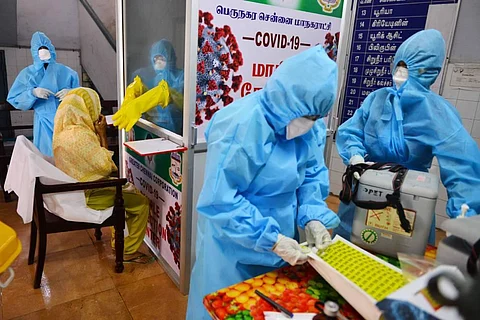Boosting public healthcare
A virus has shaken up everything, from political belief systems to public healthcare infrastructure. The Global West, champions of free market and privatisation, are considering big investments in public healthcare again while the lower-middle income countries are struggling to cope. Public healthcare systems around the world are crumbling under the pressure exerted by the pandemic. The primary cause for this has been the privatisation of healthcare and simultaneous lack of regulation of medical costs.
As per a WHO report in 2019, the out-of-pocket expenditure on healthcare in low and middle income countries, including India, rose a whopping 66% between 2000 and 2017. In real-life terms, a person retiring in 2017 would have had to pay almost 50% more on health, beyond his savings and insurance cover. Interestingly enough, while most government hospitals in India have procured high-end equipment, they have invested close to nothing in attracting human resources. This applies especially to allied staff—the nurses, paramedics and sanitary workers. Most of them are hired on contractual basis and have no protection from occupational hazards.
All of this has snowballed into a global crisis. France is among the first countries to recognise this. It has called for a major healthcare reform, which includes a wage revision for doctors and nurses, and an extra bonus. That apart, France has strict regulations limiting work hours of staff to seven per day. In the US, the landmark Affordable Care Act—popularly known as Obamacare—was introduced about a decade ago.
With the Act, the nation’s uninsured population dipped from 16.7% in 2010 to a record low of 10.9% in 2016. Under President Donald Trump, who termed the Act ‘really bad healthcare’, it climbed back up to 13.7%. Now, most Americans are calling for 100% insurance coverage. It is time India too boosts its investment in public healthcare. A robust public system will automatically lower the cost of private healthcare. A healthy competition between the public and private sectors is the need of the hour.

